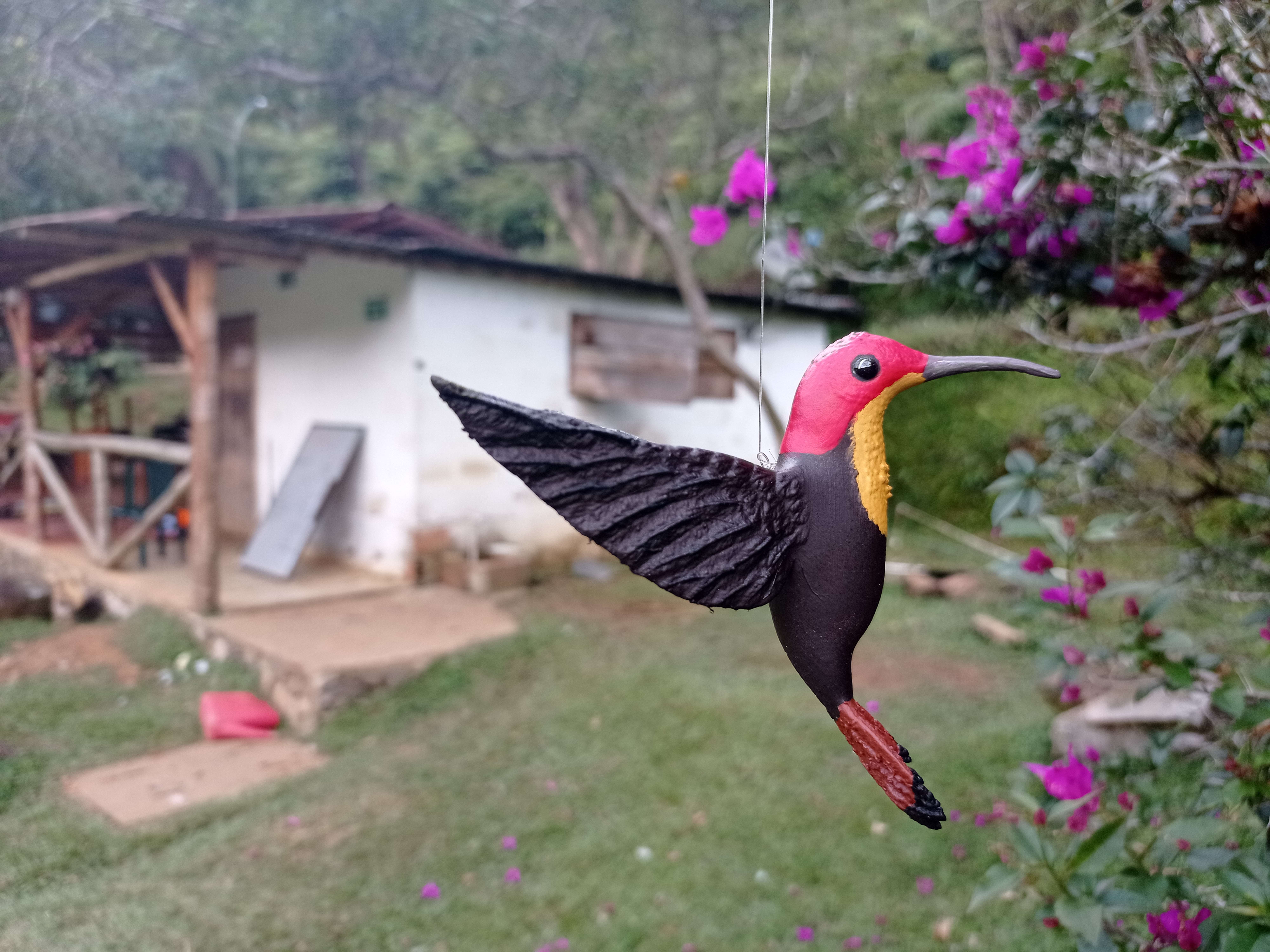Attract Hummingbirds with the Ultimate Plant Guide: Cultivating Your Own Hummingbird Haven
Guide or Summary:HummingbirdsHummingbirds are enchanting creatures known for their vibrant colors and incredible agility. These tiny, fast-flying birds are……
Guide or Summary:
- HummingbirdsHummingbirds are enchanting creatures known for their vibrant colors and incredible agility. These tiny, fast-flying birds are not only a delight to watch but also play a crucial role in pollination. If you're looking to create a sanctuary for these fascinating birds, cultivating the right plants is essential. This comprehensive guide will help you establish a thriving hummingbird habitat, ensuring that these beautiful birds visit and stay in your garden.
- PlantsWhen it comes to attracting hummingbirds, the choice of plants is vital. Hummingbirds are primarily attracted to nectar-rich flowers that provide them with the energy they need to sustain their fast-paced lifestyle. Here are some of the most effective plants to include in your hummingbird garden:
- Creating Your Hummingbird HavenTo create an ideal hummingbird habitat, follow these simple steps:
HummingbirdsHummingbirds are enchanting creatures known for their vibrant colors and incredible agility. These tiny, fast-flying birds are not only a delight to watch but also play a crucial role in pollination. If you're looking to create a sanctuary for these fascinating birds, cultivating the right plants is essential. This comprehensive guide will help you establish a thriving hummingbird habitat, ensuring that these beautiful birds visit and stay in your garden.
PlantsWhen it comes to attracting hummingbirds, the choice of plants is vital. Hummingbirds are primarily attracted to nectar-rich flowers that provide them with the energy they need to sustain their fast-paced lifestyle. Here are some of the most effective plants to include in your hummingbird garden:
1. **Basil**: This herb is not only delicious in cooking but also attracts hummingbirds with its small, tubular flowers. Basil is easy to grow and can be planted in both containers and garden beds.
2. **Salvia**: Salvia species, such as Salvia regia (scarlet sage) and Salvia coccinea (red sage), are renowned for their vibrant flowers and high nectar content. These plants are hardy and can thrive in a variety of climates.
3. **Fuchsia**: Fuchsia flowers come in a range of colors, including pink, red, and white, making them a beautiful addition to any garden. These plants produce copious amounts of nectar, which is irresistible to hummingbirds.
4. **Tubular Bells**: Also known as jacobinia, this plant is a favorite among hummingbirds due to its tubular-shaped flowers. Tubular Bells come in various colors, including blue, purple, and pink, and can be grown in both full sun and partial shade.

5. **Columbine**: This delicate flower, with its feathery petals and bell-shaped flowers, is a classic choice for attracting hummingbirds. Columbine varieties, such as Aquilegia canadensis (common columbine), come in a range of colors, including red, yellow, and white.
6. **Monarda**: Commonly known as bee balm, this plant produces clusters of brightly colored flowers that are particularly attractive to hummingbirds. Monarda species, such as Monarda didyma (hardy bee balm), are easy to grow and can thrive in moist, well-drained soil.
7. **Bright Iris**: Iris flowers, with their striking petals and vibrant colors, are a favorite among hummingbirds. Iris species, such as Iris versicolor (blue flag), are hardy and can be planted in both garden beds and containers.
Creating Your Hummingbird HavenTo create an ideal hummingbird habitat, follow these simple steps:
1. **Location**: Choose a location in your garden that receives plenty of sunlight. Hummingbirds prefer bright, open spaces where they can easily spot and access their food sources.

2. **Plant Selection**: Select a variety of plants that bloom at different times throughout the growing season. This will ensure a continuous supply of nectar for your hummingbird visitors.
3. **Planting**: Plant your hummingbird-attracting flowers in clusters, as hummingbirds prefer to feed in areas with multiple flower sources. Consider using raised planters or hanging baskets to make it easier for hummingbirds to access the nectar.
4. **Water Source**: Provide a shallow dish or fountain filled with clean water for hummingbirds to drink and bathe in. Hummingbirds need a source of clean water to keep their feathers in good condition.
5. **Maintenance**: Regularly deadhead spent flowers to encourage new blooms and keep your hummingbird garden vibrant throughout the season. Additionally, monitor your plants for any signs of pests or diseases and take appropriate action if necessary.

By following this guide and creating a hummingbird-friendly garden, you'll not only attract these stunning birds but also enjoy a beautiful, vibrant space that buzzes with life. So, why not start cultivating your own hummingbird haven today and watch as these incredible creatures grace your garden with their presence?